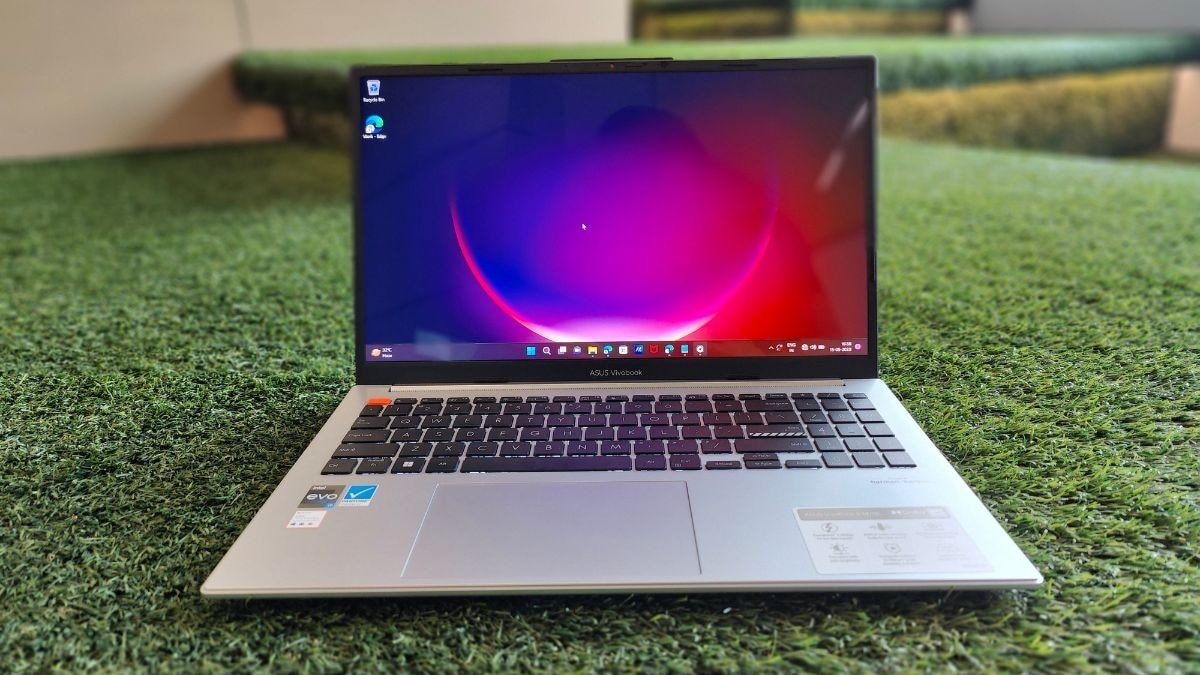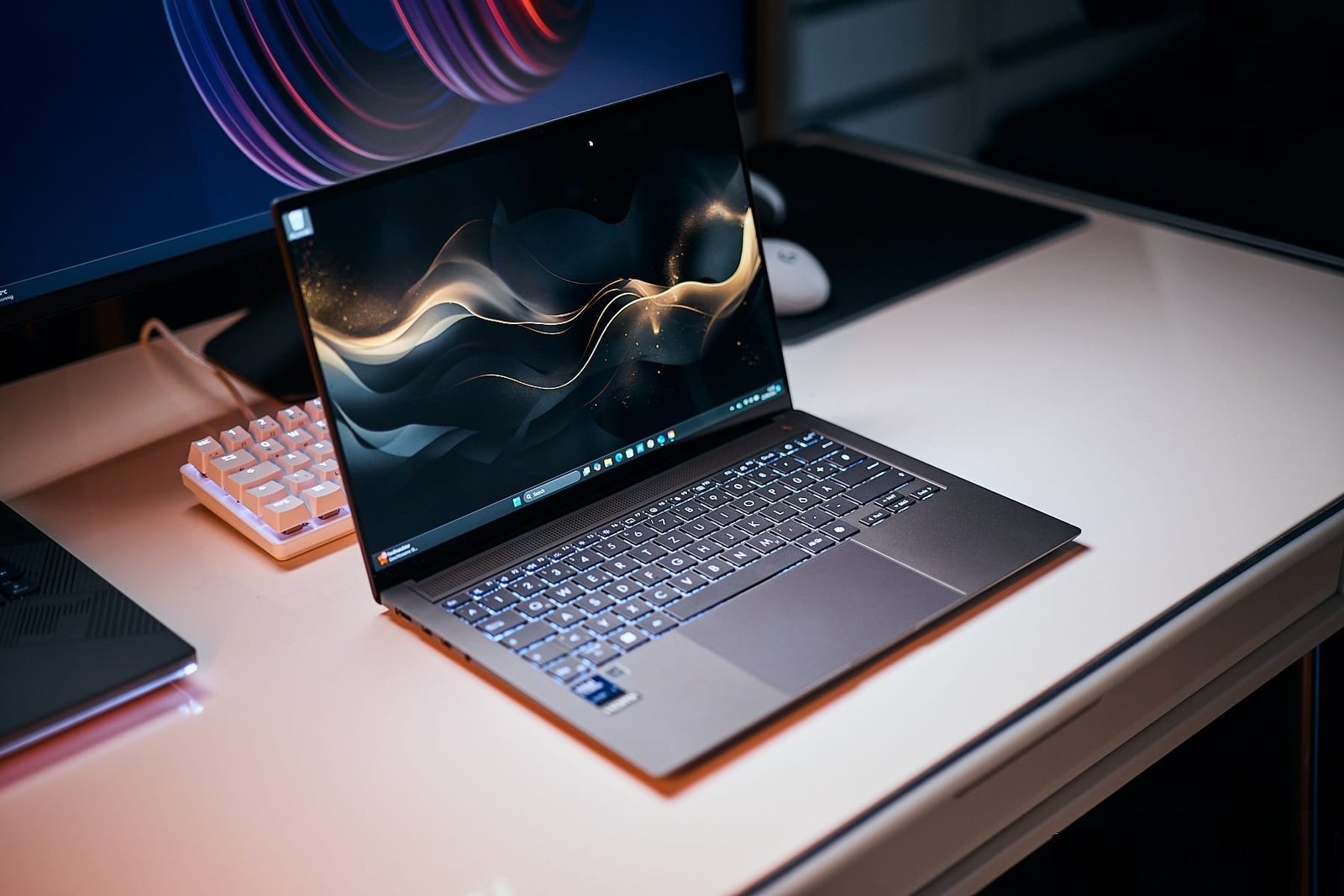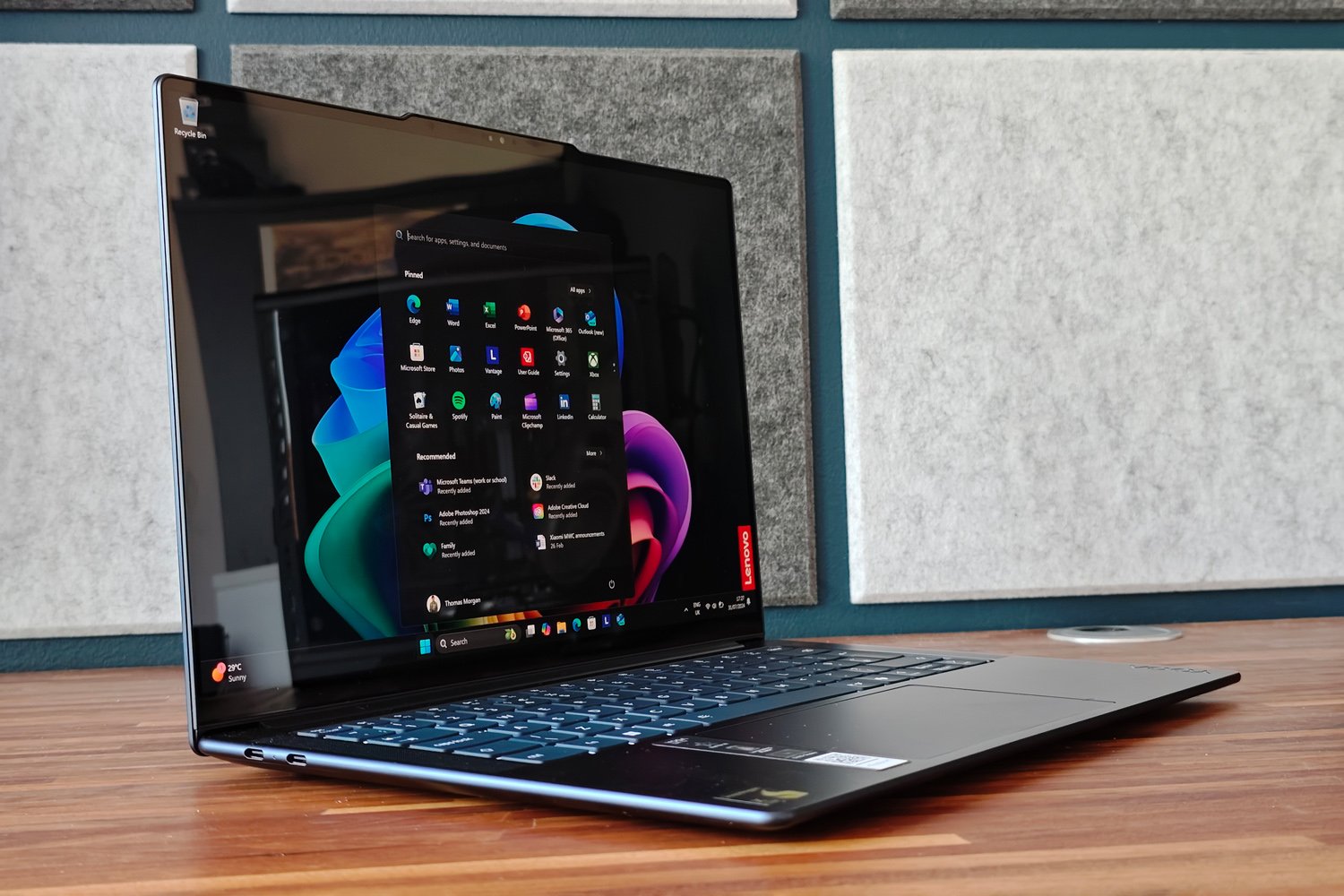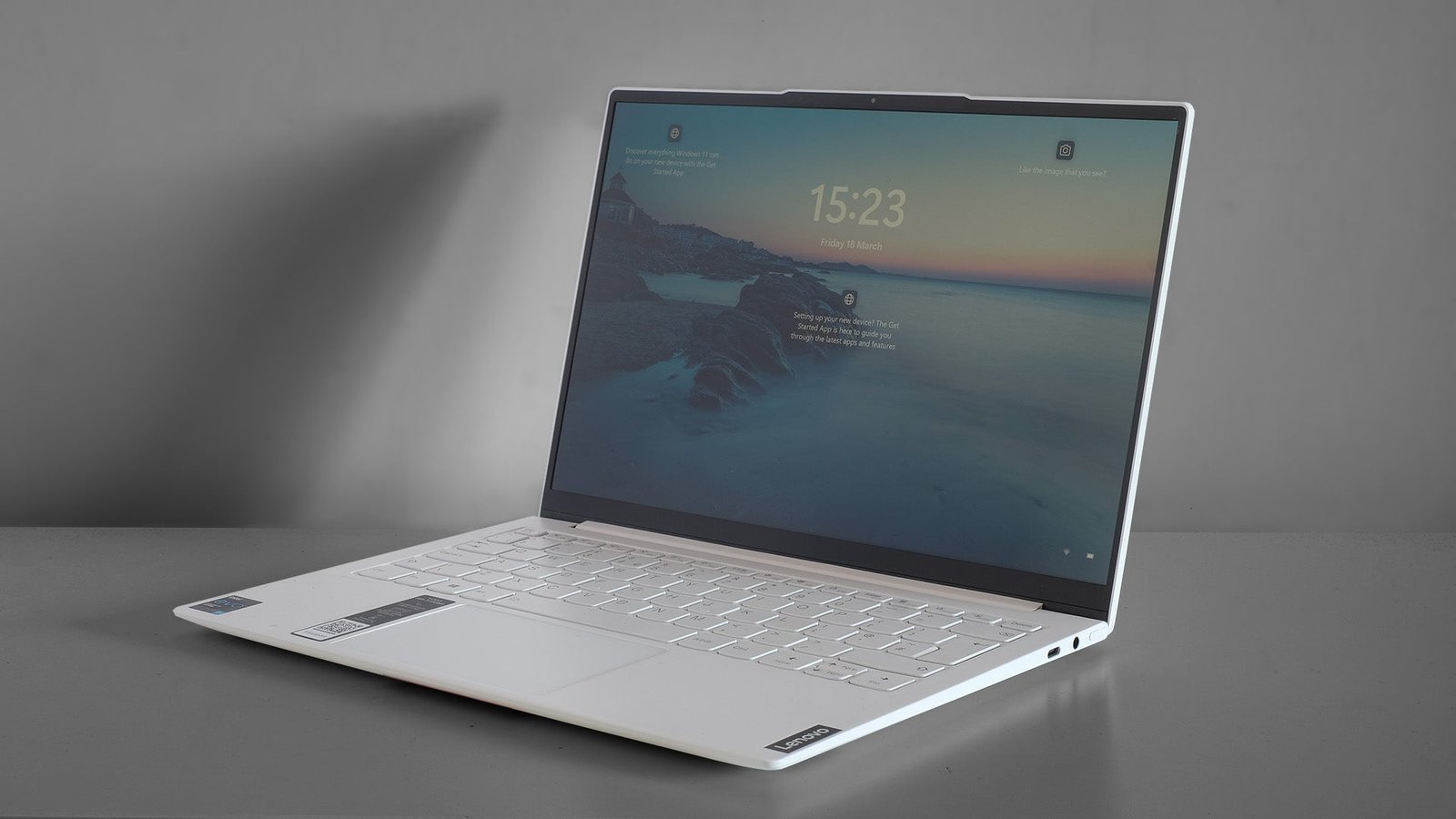In today’s market, the laptop landscape is teeming with innovation. Top brands are delivering some of the most impressive laptops we’ve seen, each packed with advanced processors and superior energy efficiency. If you’re planning to buy a high-end laptop this year, chances are you’ll end up with an outstanding machine. However, this surge in quality has also highlighted a new challenge: affordability, especially for budget-conscious buyers. Here’s an in-depth look at the current laptop market, the upsides, and the tough realities facing those looking for a new device.
Powerful, Efficient Chips Taking Over
This year, the laptop market offers four standout processor options: Apple’s custom silicon, AMD’s HX 300 series, Qualcomm’s Snapdragon, and Intel’s Lunar Lake chips. Each brings something unique to the table, and all provide incredible performance and efficiency. These chips aren’t just faster; they’re engineered to sip power, significantly improving battery life for light tasks. From typing documents to browsing the web, users benefit from extended hours without the need for constant recharging.
Benchmarking: A Misleading Performance Gauge?
Although benchmarks like Cinebench are popular for evaluating laptop processors, they often don’t capture the typical usage experience. Most users don’t push their laptops to the limit regularly; instead, they focus on tasks like email, web browsing, and video streaming. In this context, raw speed is often less important than energy efficiency and thermal performance.
Why Energy Efficiency Matters
Energy-efficient chips mean more than just longer battery life—they also contribute to better battery health over time. By needing fewer recharges, these devices retain their battery capacity longer, extending the life of the machine. Additionally, with lower power consumption, these laptops don’t heat up as much, leading to quieter fans and sometimes even fanless designs. Apple’s MacBook Air, for instance, is a completely fanless laptop, setting it apart in the market.
However, Windows devices, though quieter, still require fans due to their operating system’s higher power consumption and the inconsistency in battery drain when closed. Anecdotal evidence suggests that while Apple has fine-tuned its software to reduce battery drain, Windows continues to struggle with this, leading to random drops in battery life.
Enhanced Graphics Across Platforms, but Limitations Remain
Graphics performance is another area where these chips excel. Apple’s M3 chips, AMD, and Intel offer decent graphics, though limitations remain with ARM-based chips like those from Qualcomm. However, Intel’s new integrated graphics have surprised many with impressive frame rates on thin-and-light laptops, which typically aren’t marketed for gaming. This means casual gamers can get decent performance even on non-gaming laptops.
RAM and Storage: Changes on the Horizon
Historically, Windows laptops offered the advantage of upgradeable RAM and storage, while Apple’s laptops did not. But today, most new Windows laptops also feature soldered RAM, making future upgrades impossible. Although unfortunate, this trend is somewhat offset by Microsoft’s mandate that new Windows laptops have at least 16GB of RAM to support features like Windows Copilot. Apple’s base MacBook models, however, still come with only 8GB of RAM, limiting multitasking and performance potential.
For users relying on AI-enhanced features in development environments like Xcode, at least 16GB of RAM is required to handle tools like Swift Assist. As AI features become more integrated into the development workflows, knowing these limitations is crucial for users looking to future-proof their devices.
The Display Game: OLED vs. IPS
Another area where Windows laptops excel is in display technology. Many now offer OLED screens, which provide richer colors and deeper contrasts than Apple’s IPS displays on the MacBook Air. OLED screens also tend to support higher refresh rates, appealing to users interested in gaming or high-quality visuals.
Pricing: The Real Barrier
Despite the advancements in processing power, energy efficiency, and display quality, these laptops come at a price. Most new high-end laptops start at around $1,200 to $1,500, making them inaccessible for many users who have a more limited budget. And this is where the real problem lies.
For those who can’t afford the latest devices, the logical choice would typically be to buy an older, previous-generation model at a lower price. However, the gap in performance and battery life between last year’s models and this year’s laptops is stark. For example, a 12th or 13th-gen Intel laptop may seem like a good deal, but it pales in comparison to the energy efficiency, thermal management, and GPU performance of Intel’s Lunar Lake chips.
Why Last Year’s Models Don’t Make the Cut
Older models not only have poorer battery life but also struggle with thermal efficiency. These devices are noisier, have more frequent fan activity, and provide significantly less GPU performance. For instance, a 12th-gen Intel laptop bought at a discount might end up feeling outdated quickly, especially given the dramatic improvements in this year’s chips.
With these limitations, it’s harder than ever to recommend older Windows laptops as a budget-friendly alternative. Even with a modest budget, many users may find themselves disappointed with the performance of a previous-generation device.
A Surprising Recommendation: Apple’s M1 MacBook
Given the stark divide between current-gen laptops and their predecessors, it’s ironic that one of the best budget options may be Apple’s M1 MacBook from 2020. The M1 chip, though a few years old, still delivers great performance and battery life compared to older Windows machines. For users with a $700-$800 budget, the M1 MacBook presents a better value than similarly priced Windows laptops from recent generations.
The Inconvenience of a Narrowed Budget Range
The laptop market’s shift towards high-performance models has inadvertently left many budget-conscious buyers with limited options. Those hoping to find a good laptop for $600-$800 are in a tough spot. The performance leap between older Windows laptops and the latest releases means that settling for last year’s models may result in a disappointing experience.
In conclusion, while the advancements in laptop technology are exciting and offer incredible value at the high end, they have made the market more challenging for budget-conscious buyers. Today’s best laptops are indeed worth the price, but for those with a tighter budget, finding a device that truly meets modern standards can feel like an inconvenient truth. The stark contrast between performance and pricing underscores the importance of carefully considering long-term value when making a purchase decision.




